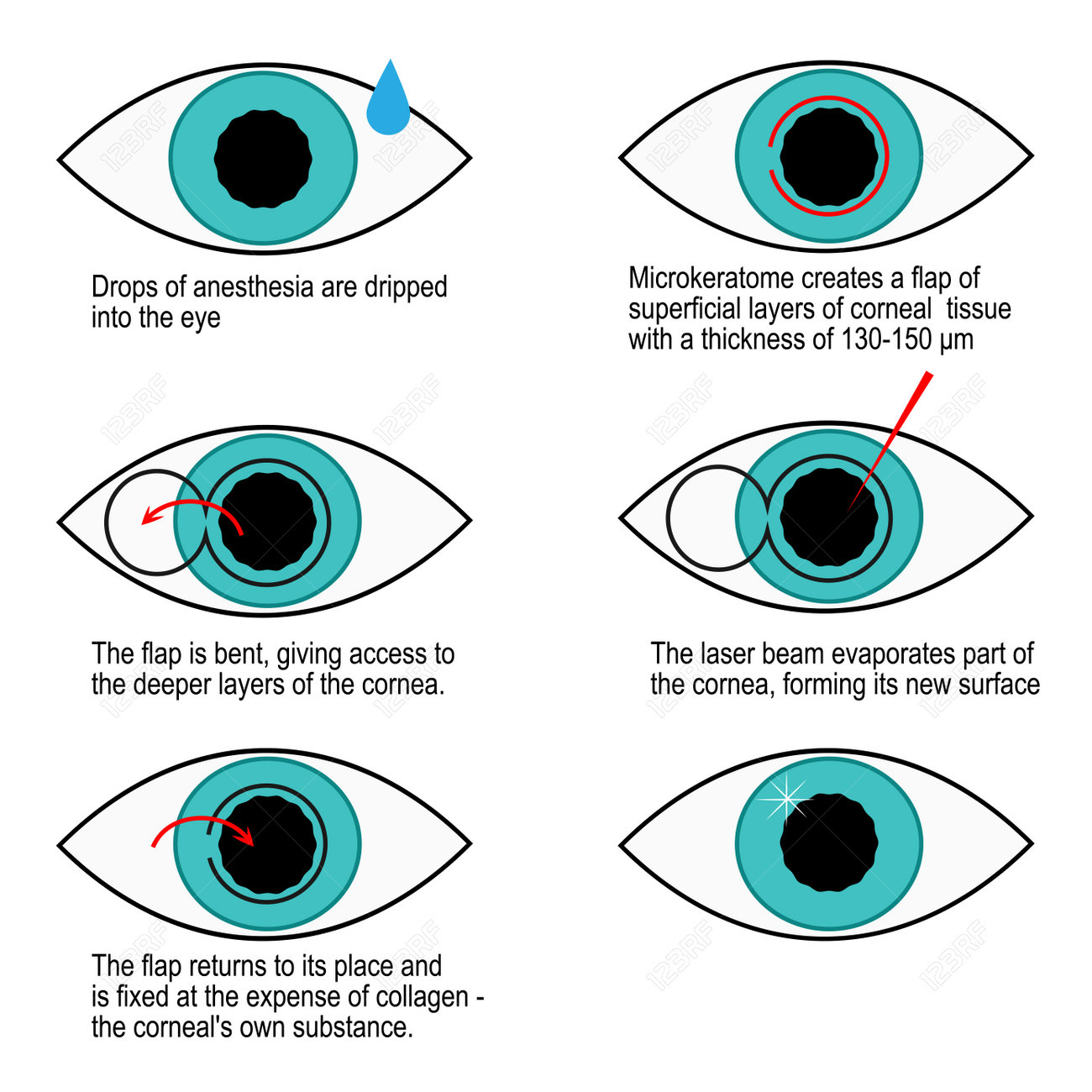Interested Regarding The Differences Between SMILE, LASIK, And PRK Eye Surgeries?
Interested Regarding The Differences Between SMILE, LASIK, And PRK Eye Surgeries?
Blog Article
Composed By-Fischer Wilder
If you have actually been considering SMILE eye surgical treatment, you may wonder exactly how it compares to LASIK and PRK. Each treatment has its very own set of benefits and factors to consider. From quicker healing times to potential dangers, there are vital distinctions you should know prior to deciding. Recognizing these distinctions will aid you make an informed choice that aligns with your details requirements and assumptions. Curious to know more about exactly how these procedures compare in detail? Go on exploring to get a comprehensive understanding of SMILE, LASIK, and PRK.
SMILE Eye Surgical Treatment Review
If you're taking into consideration SMILE eye surgical procedure, you'll find it to be a minimally invasive treatment with a quick recuperation time. Throughout SMILE (Small Laceration Lenticule Extraction), a laser is used to develop a tiny, accurate cut in the cornea to remove a little piece of cells, reshaping it to remedy your vision. This differs from LASIK, where a flap is developed, and PRK, where the outer layer of the cornea is entirely removed.
Among the key benefits of SMILE is its minimally intrusive nature, bring about a faster recovery process and less discomfort post-surgery. The recovery time for SMILE is reasonably fast, with numerous individuals experiencing enhanced vision within a day or 2. This makes it a prominent option for those looking for a practical and efficient vision correction procedure. In addition, SMILE has been shown to have a lower risk of dry eye syndrome compared to LASIK, making it a positive option for individuals concerned concerning this possible side effect.
Distinctions In Between SMILE, LASIK, and PRK
When contrasting SMILE, LASIK, and PRK eye surgeries, it is necessary to comprehend the unique methods made use of in each treatment for vision correction.
SMILE (Little Cut Lenticule Extraction) is a minimally intrusive procedure that entails producing a tiny cut to remove a lenticule from the cornea, reshaping it to remedy vision.
What Is The Cost Of LASIK Surgery (Laser-Assisted In Situ Keratomileusis) includes producing a thin flap on the cornea, making use of a laser to improve the underlying cells, and then rearranging the flap.
PRK (Photorefractive Keratectomy) removes the external layer of the cornea prior to reshaping the cells with a laser.
The primary difference lies in the way the cornea is accessed and dealt with. SMILE is flapless, making it an excellent choice for individuals with slim corneas or those involved in get in touch with sporting activities. LASIK supplies quick visual healing because of the flap production, however it may position a greater threat of flap-related problems. PRK, although having a much longer recovery duration, prevents flap-related concerns completely.
Recognizing these differences is important in selecting one of the most appropriate treatment for your vision improvement needs.
Benefits And Drawbacks Contrast
To examine the advantages and disadvantages of SMILE, LASIK, and PRK eye surgeries, it's vital to think about the particular benefits and potential restrictions of each procedure. SMILE surgical treatment provides the benefit of a minimally invasive procedure, with a smaller sized laceration and possibly quicker healing time compared to LASIK and PRK. It also lowers the threat of completely dry eye post-surgery, a common adverse effects of LASIK. Nonetheless, SMILE may have limitations in dealing with higher levels of nearsightedness or astigmatism contrasted to LASIK.
Click In this article gives quick aesthetic recuperation and marginal discomfort throughout the treatment. It's highly efficient in dealing with a vast array of refractive errors, consisting of myopia, hyperopia, and astigmatism. Yet, LASIK carries a threat of flap difficulties, which can impact the corneal framework.
PRK eye surgery, while not as prominent as LASIK, avoids developing a corneal flap, reducing the risk of flap-related problems. It's suitable for patients with slim corneas or uneven corneal surface areas. However, PRK has a much longer recuperation time and may entail more discomfort during the recovery procedure.
Conclusion
So, when it concerns choosing in between SMILE, LASIK, and PRK, think of it like choosing the perfect pair of footwear. SMILE resembles a streamlined, comfortable pair of sneakers - quick and easy.
LASIK is extra like fashionable high heels - fancy and quickly, but with some potential threats.
PRK is like strong hiking boots - reputable and durable, yet needing a little bit more effort and time.
Inevitably, the most effective choice relies on your private demands and choices.
